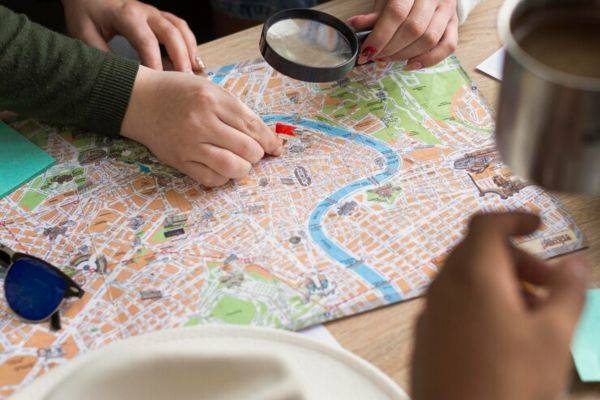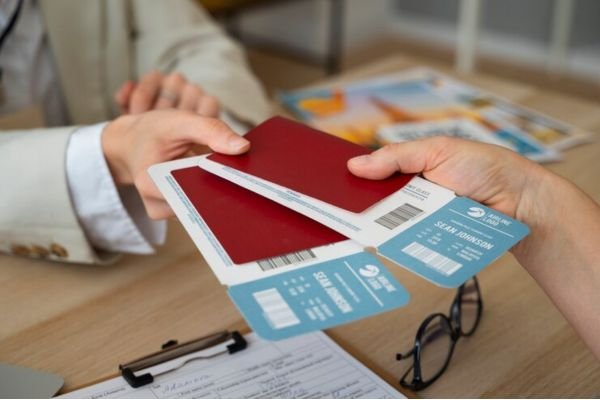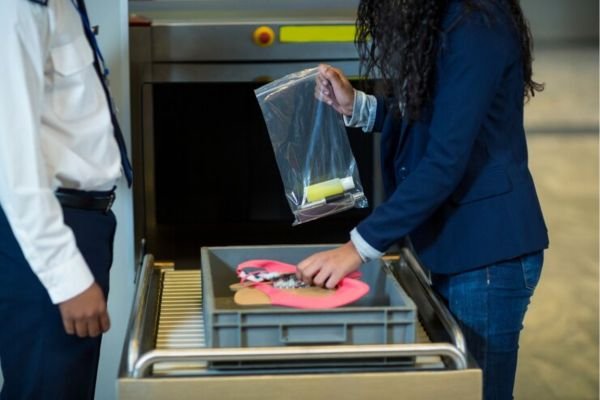Are you ready to take your first big trip and feeling overwhelmed? With so many exciting possibilities, it’s natural to feel anxious. But with some helpful tips and tricks from experienced travelers, you can confidently get on the road. This blog post will guide rookies looking to make the most of their time away – whether exploring a new city or backpacking around Europe. So don’t worry if you don’t yet know what a tourist trap is or how best to navigate public transportation – by the end of this post, you’ll be ready and eager for adventure!
1. Research the Destination Well Beforehand
Traveling to a new destination is always exciting and full of adventure, but it’s essential to research before heading to a new country. Learning about the culture can make your visit more enjoyable and help you avoid any embarrassing cultural faux pas. Understanding the customs, traditions, and etiquette of the country you’ll be visiting can help you make respectful connections with locals and immerse yourself more in the local culture. So, take some time to research the destination you’ll be traveling to, read up on the local customs and traditions, and respect the local culture during your stay. Doing so gives you a much more fulfilling travel experience and creates memories to last a lifetime.
2. Get the Visa, Passport, and Other Travel Documents Sorted
Are you ready for your upcoming travel adventure? Before packing your bags and starting your journey, it’s essential to ensure all your necessary documents are in order. This means checking your passport expiration date, researching what visas or other travel permits may be required for your destination country, and gathering any additional documents you might need to ensure a smooth trip. By taking the time to prepare your necessary travel documents ahead of time, you’ll save yourself from any last-minute headaches or unexpected issues that could arise. So take a deep breath, double-check your documentation, and prepare for your next unforgettable adventure.
Pro Tip: Always keep a digital copy/pictures or scanned copies of your important documents safe in your devices. It will help you in case you misplace or lose anything during travel.
3. Understand the Luggage Restrictions and Fees in Advance
As you gear up for your next adventure, it’s essential to remember the luggage restrictions and fees to avoid any unwanted surprises at the airport. Checking these details in advance can help you avoid additional financial burdens and ensure a stress-free travel experience. Airlines typically have different regulations regarding luggage size, weight, and number of bags allowed, so you must familiarize yourself with these guidelines to avoid any potential issues. Taking the time to do your research beforehand can save you money and give you peace of mind as you head off on your journey.
4. Pack Smartly
Many new travelers often cram more than necessary stuff in suitcases and bags. And this is the biggest mistake that keeps them anxious the entire trip.
Following are some expert tips to avoid this situation and strategically pack your clothes and necessary stuff.
- First of all, plan your dresses and the items you need.
- Put heavy items first in the bag and light ones at the top.
- Select wrinkle-free fabrics because you may not get an ironing system everywhere on the trip. Moreover, always roll them instead of folding them.
- Items that cannot be folded or crammed need to be put at last. For example, gadgets and makeup tools.
- Carry small sample bottles of makeup products, shampoos, and other creams to make extra space in the bag. You won’t need to have a large bottle of body wash if you are traveling for a few days. Also, you might get this type of stuff for free at the hotels.
- Keep the necessary medicines within easy reach.
- Always keep valuable items like laptops, wallets, cameras, and cash in hand-carry or a backpack instead of suitcases.
- Leave some space to bring back souvenirs and gifts for your loved ones.
Related Guide: The Ultimate Backpacks Review
5. Try Local Cuisines
Another thing that “eats up” your money quickly is food. Often, new travelers look for convenience and buy food from the nearest shops and restaurants. While it is a personal preference of everyone where to eat and what to eat, if you are traveling for the first time and have a tight budget, consider dining in local cafes and restaurants.
These local shops and street vendors are not only cheaper than buying from tourist hotspot shops but also authentic. You will understand the actual vibe and environment of the city or country and get a chance to converse with the locals. It is a wholesome experience in itself. However, be aware of the scams and street crimes while moving to lesser-known towns and localities.
Final Words
Traveling for the first time is a memorable experience for everyone. But many issues caused by lack of experience can hurdle the journey. The most effective tip to resolve them is to set the basics first, which means sorting the budget, documents, and accommodation. Then comes outfits, food, and other stuff you must plan earlier to avoid last-minute stress.



